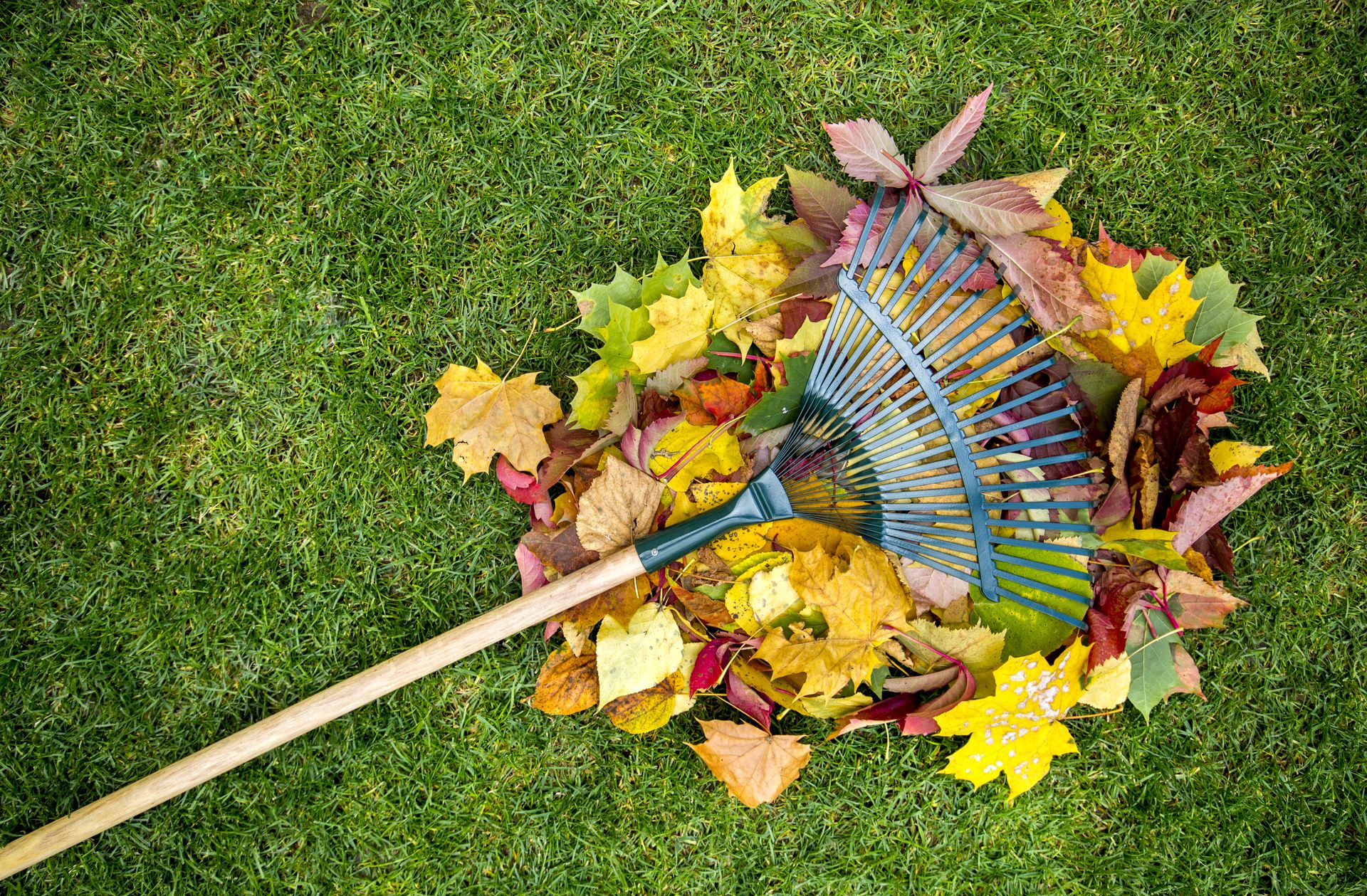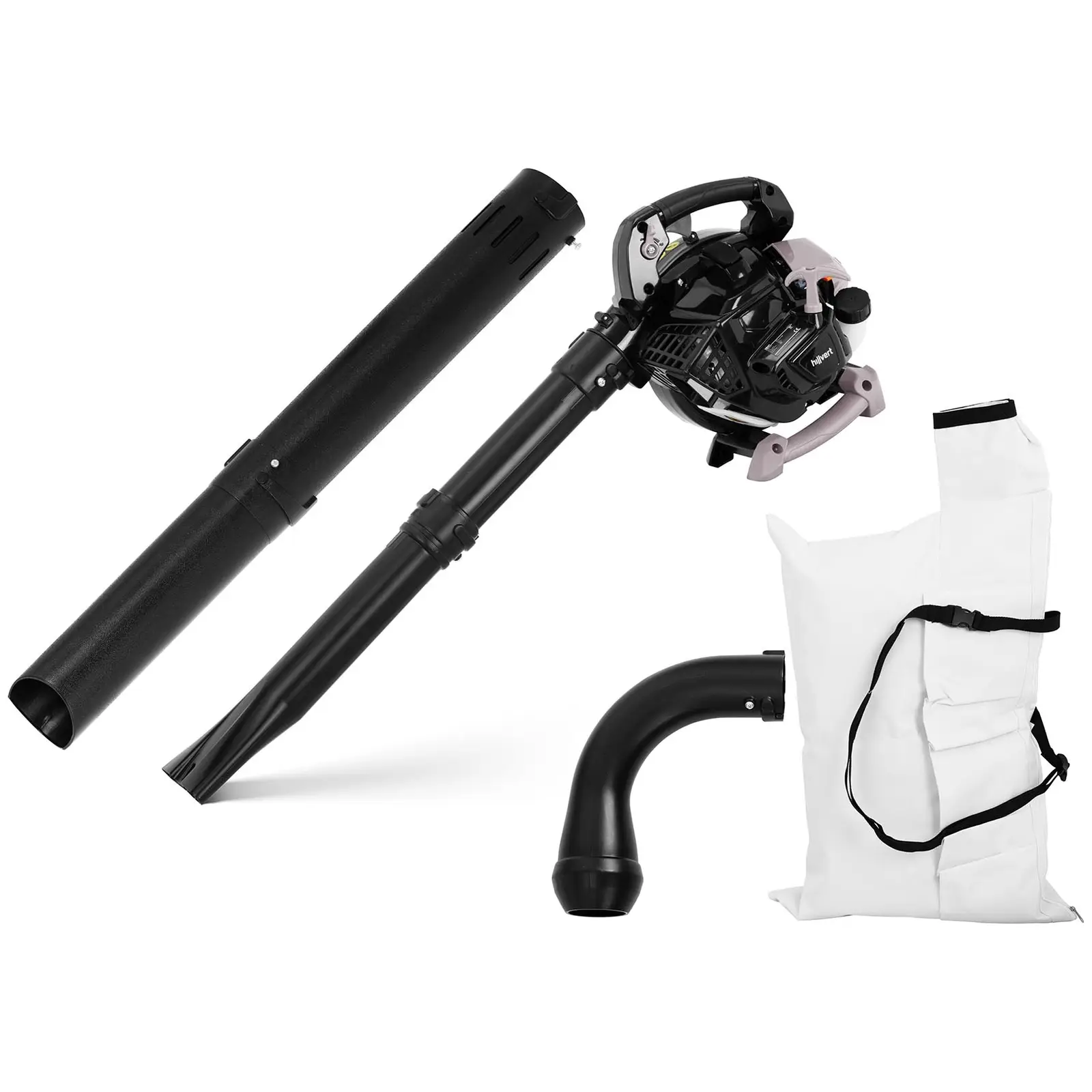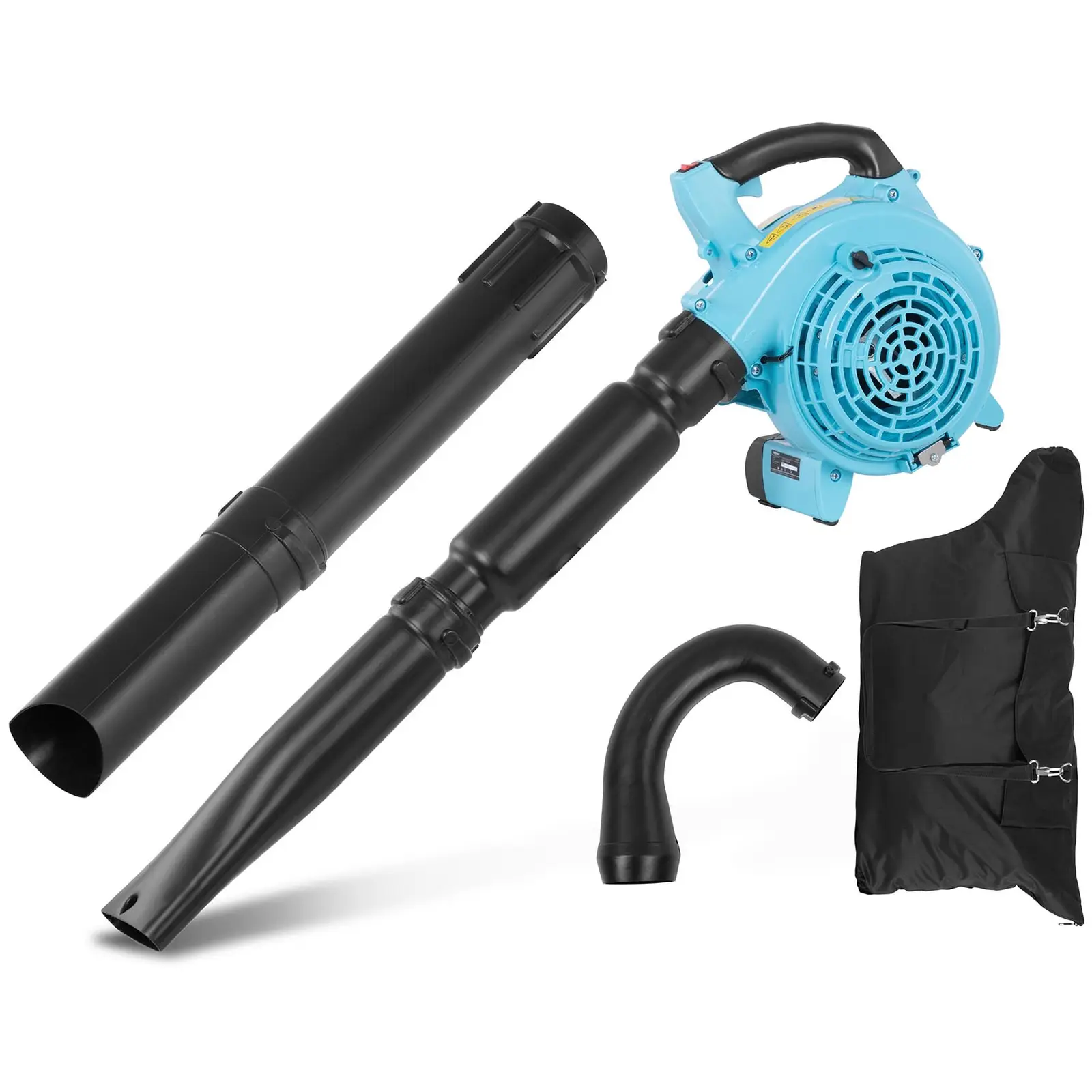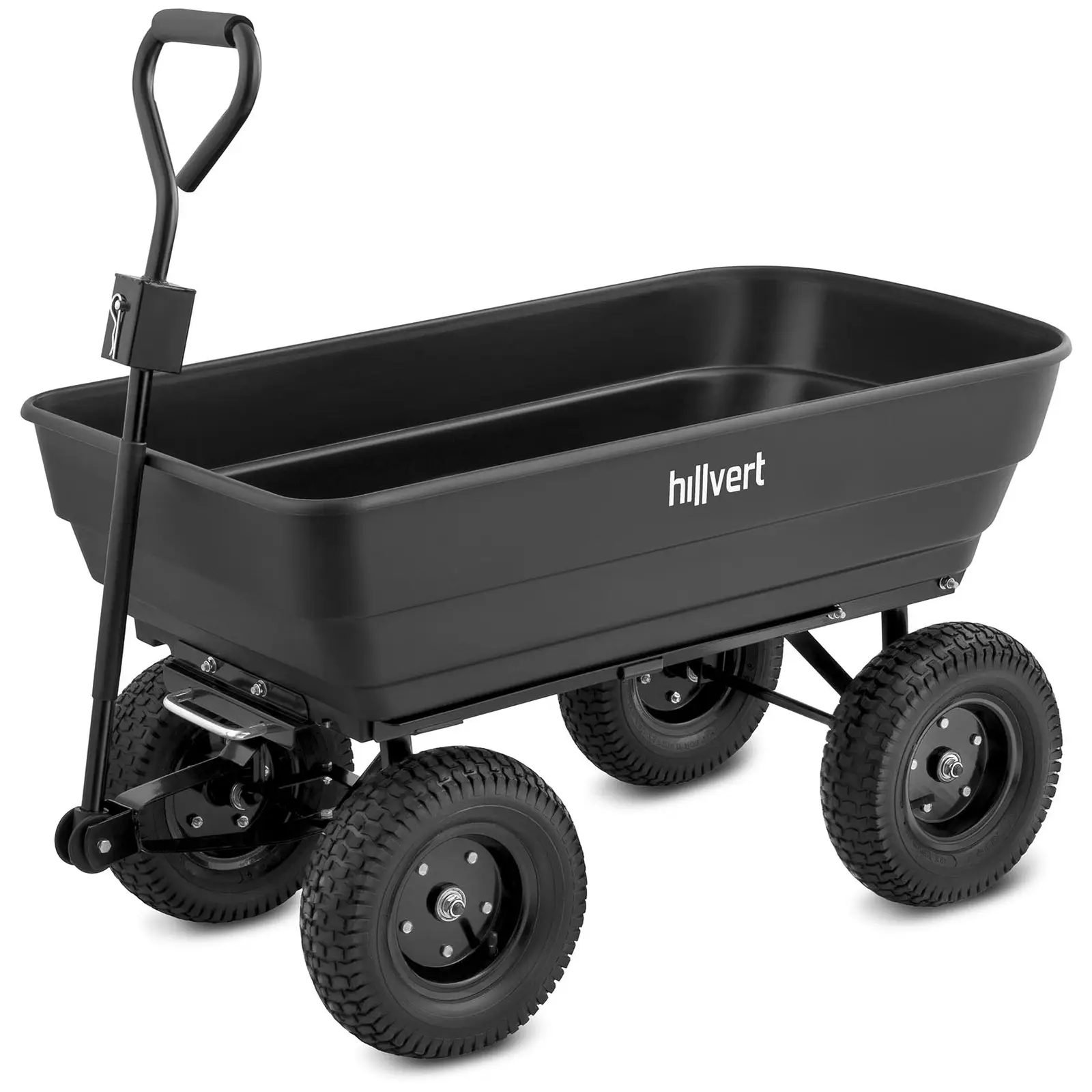Autumn is a time when everyone prepares their gardens for winter, and raking leaves is usually part of the process. However, there are mixed opinions as to whether this should be done. So let's have a look at all the pros and cons of raking leaves.

Autumn is a time when everyone prepares their gardens for winter, and raking leaves is usually part of the process. However, there are mixed opinions as to whether this should be done. So let’s have a look at all the pros and cons of raking leaves.
Should you rake leaves at all?
Opinions are divided in this matter. Those in favour argue that they need to collect material for compost, as well as keep their garden neat and tidy. This is obviously true, as leaves are a great natural fertiliser. And cleaning the garden in the autumn will save you time during spring cleaning, letting you use the time for something else .
Another argument in favour of raking leaves is that if the lawn and perennial plants are covered with leaves they will suffer from the lack of sunlight. In addition, rotting leaves can become a source of plant disease, while left on a driveway or pavement could be dangerous, risking slipping on wet leaves.
Why would you not rake the leaves?
The opinions in favour of not raking leaves are just as many. One argument is that decaying leaves fertilise the soil and keep it moist. Leaves also protect plants from frost, so plants covered with leaves have natural protection provided by nature. According to those against raking leaves, you should not interfere with nature.
Another argument are animals. Small mammals, such as hedgehogs, like to hide among fallen leaves. They use piles of leaves as a safe haven, especially in quiet and peaceful parts of the garden. Hedgehogs are very useful in the garden, because they eliminate snails that are a real nuisance for gardeners. Moreover, various types of invertebrates and insects that are very useful for the ecosystem also find their shelter under the leaves.
What should you do with the leaves?
If you decide to rake the leaves covering your garden and driveway, you will have to get rid of them somehow. So what should you do with the leaves? The most obvious answer is compost. To do so, the raked leaves should be placed in a composter. However, remember to arrange them in layers, and separate each layer with bark, small twigs, or cover them with sand.
The wet leaves form a thick mass, and thanks to the layers just discussed, air will be provided to the compost heap. It is therefore also important that the leaves placed in the composter are turned over from time to time. If you want to improve the decomposition process even more and at the same time enrich it with nitrogen, in summer you can water the compost from time to time, adding some fertiliser.
If you do so, after about 2 years you will end up with a soily leaf mulch, which has a high nutrient content that is valuable for plants. You can also make compost without raking leaves in the autumn. You can do so in spring, and start the fertilisation process at that time of year.
Another way to fertilise the soil with raked leaves is to dig them with the soil. Of course, it is best done in undeveloped parts of the garden or if you have empty flower beds. By doing so, the soil will be slightly acidified and enriched with humus, which will create great conditions for fertilising raspberries, currants, gooseberries, strawberries or blueberries.
If you are not going to make compost, you can choose to burn the raking leaves. However, you will not always be allowed to do so, depending on the local regulations. And if you do decide to burn them, remember about safety and try not to make it a nuisance for your neighbours.
Necessary tools for raking leaves in the garden
If you decide to rake leaves, you will need the appropriate equipment. These will be both garden tools and machines. The basic tool is obviously a rake, as well as shovel and wheelbarrow. However, when planning the work, you will also come across more advanced products, such as leaf vacuums and leaf blowers.
Using a lawn mower is also a good idea, as it will suck and grind the leaves into small pieces. This will definitely make your life easier if you have a large garden.
Raking leaves – summary
Raking leaves is one of the most basic jobs in the garden. The lawn or other parts of the garden should be regularly cleaned from leaves if you want them to look tidy. However, there are two very different views on whether to rake the leaves in autumn or not. One view is that the leaves should be raked before winter, while the other suggests the opposite. The decision in this regard is of course up to you, as you will have to rake the leaves in the spring if you do not do so before winter.
However, this is not a bad thing, because the raked leaves can be used for compost or dug with the soil. By doing so, you will provide plants with a natural fertiliser, rich in nutrients.










Share